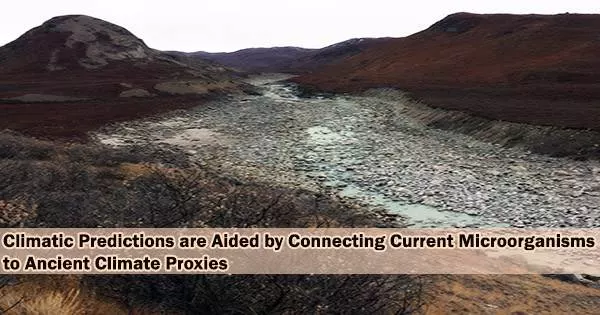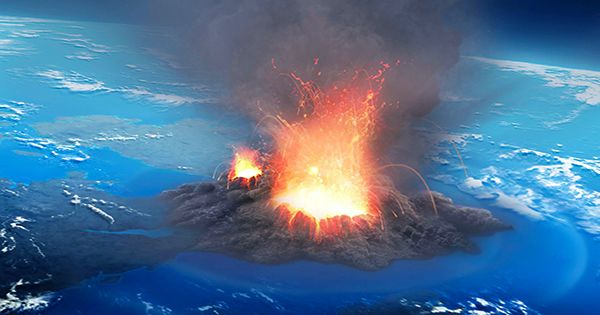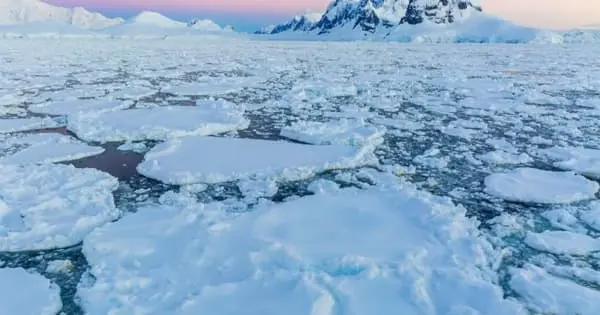Similar to how our skin perspires in hot weather or shivers in cold weather, microbes have skins that respond to their surroundings. Skins of fossilized microorganisms can provide a window into the climate in the distant past.
Diana Sahonero, a microbiologist at the Royal Netherlands Institute for Sea Research (NIOZ), has substantially increased the accuracy of climate reconstructions and projections by identifying the “missing link” between such fossil skins and the skins of current bacteria.
Lipids, or fat molecules, which are the building blocks of microbial skins, can be preserved as fossils, which can reveal information about how these microorganisms formerly lived.
“Some microbial lipids are widely used to reconstruct past climates. They have always been surrounded by mystery, as we did not know which microbes were making them and under which conditions. This lack of information limits the predictive power of these molecules to reconstruct past environmental conditions,” says Sahonero.
Her research now reveals which bacteria produce these lipids as well as how they have modified their lipid skin to react to environmental changes, taking us one step closer to reconstructing and accurately forecasting climate change.
Climate reconstructions
Each microbial species has its own set of lipids, the molecules that make up the cell membrane.
“It works just like fingerprints, they can be used to identify microbial remains,” says Laura Villanueva, associate professor in the Faculty of Geosciences in Utrecht University and senior scientist at NIOZ.
Some microbial lipids are widely used to reconstruct past climates. They have always been surrounded by mystery, as we did not know which microbes were making them and under which conditions. This lack of information limits the predictive power of these molecules to reconstruct past environmental conditions.
Diana Sahonero
Old sediments include the lipids of extinct microorganisms. The lipids can operate as “biomarkers” once these ancient molecules have been identified, isolated, and connected to groups of bacteria that are still alive today.
Because we are familiar with how living relatives of the microbes interact with their surroundings, scientists may infer information about the atmospheric and marine conditions of the ancient earth from these markers.
Who made these molecules and how?
For long, it was unclear precisely which bacteria were making these specific lipids, called branched Glycerol Dialkyl Glycerol Tetraethers (GDGTs). In reconstructions of the climate, these kinds of lipids are frequently used. Finally, Diana and her coworkers have identified the microorganisms responsible for producing these lipids. And also how these bacteria actually make the lipids.
“It was like looking for a needle in a haystack”, says Sahoreno. “From the start, we knew we had to answer this question with a massive approach. We needed to investigate more than 1850 proteins to identify microbes making these lipid molecules.”
Researchers will be able to use these lipid molecules to create more precise climate reconstructions if they understand which currently surviving bacteria produce them. Researchers may see how these living bacteria interact with the air or saltwater around them.
This information produces “proxies” keys that enable the correlation of lipid molecule characteristics, such as abundance, to environmental values. This is a crucial step in using ancient sediment samples to recreate historical environmental and climatic conditions.
Early evolution of life
“Our study indicates that there are many species of currently living bacteria that can make these type of membrane lipids. Also, we found that those bacteria are all limited to environments where oxygen is absent,” says Sahonero.
“This study into archaeal-like lipids of bacteria shows how this group of microbes that produces them evolved their lipid membrane billions of years ago. It is fantastic to get a glimpse of this part of life’s history. It was mostly a mystery until now.”
What next?
The work of Sahonero and her colleagues is still ongoing. “Now we know which bacteria form these molecular building blocks and we understand how they do that. Next, we need to find out how the production of these molecules depends on environmental factors like water temperature or pH,” says Villanueva.
“Then, the proxy based on these bacterial lipids can be used more confidently by (paleo)climatologists. This gives them new possibilities to reconstruct and predict climate change in more detail.”
















